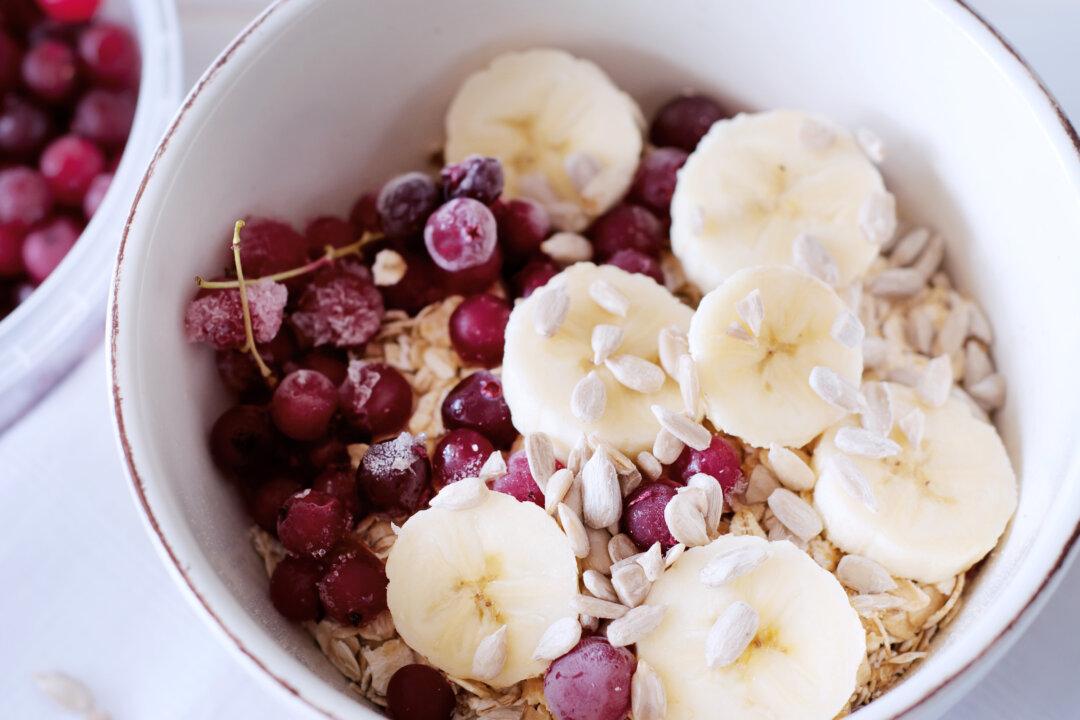Fibromyalgia is a condition that impacts at least five million Americans. While there are some medical treatments, many people who have been diagnosed with fibromyalgia are turning to alternatives such as a fibromyalgia diet.
Fibromyalgia is a chronic condition that causes, fatigue, pain, and tender points in various regions of the body as well as mental fog. It can be difficult to treat because there are still so many questions about the root cause. There are a few medications that seem to address the symptoms of fibromyalgia, but there are situations where pharmaceuticals do little to ease the sufferer’s discomfort. When this happens, it makes sense to turn to alternatives, including a fibromyalgia diet.Some research suggests that over 40 percent of fibro patient’s symptoms get worse when they consume certain foods. There is also some evidence that indicates simple adjustments to diet can ease fibromyalgia pain.





